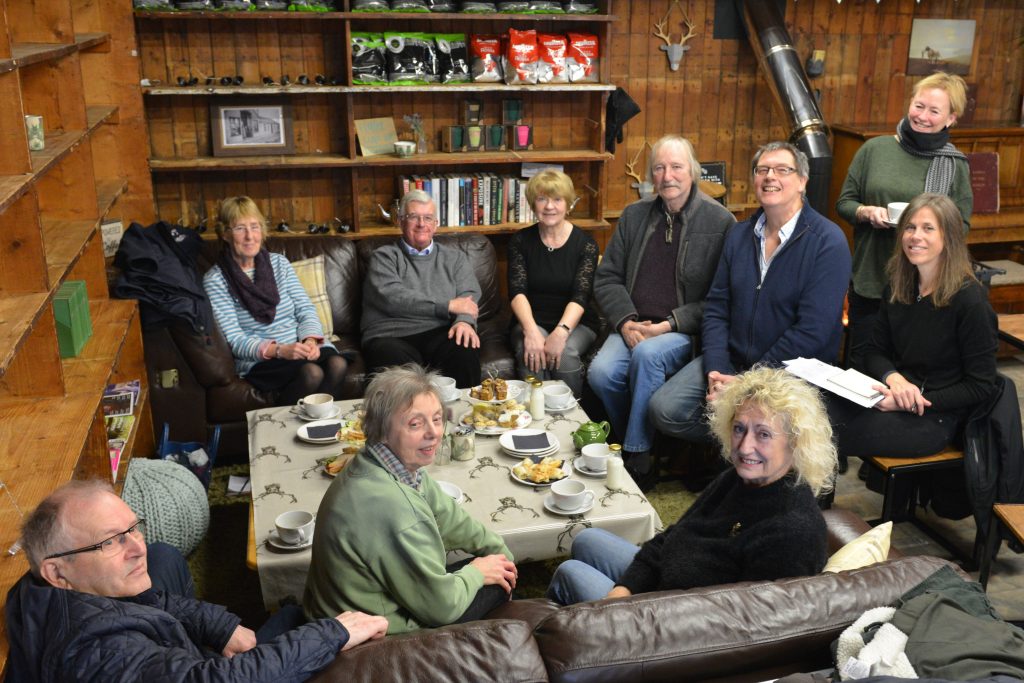A new community boat built by volunteers is set to launch at Bettyhill Pier on Saturday 28th September in culmination of Strathnaver Museum’s £2.2m refurbishment project and activity programme. The project has been funded through various stages with the support of the National Lottery Heritage Fund, Highland Communities Mental Health and Wellbeing Fund, Tesco Community Fund, and Co-op Community Fund.
Over the last 18 months, under the expert tuition of Orkney based boat builder Jeff Mackie, and supported by Bettyhill man Tim Curtis, members of the public have built a replica of the ‘Iris WK322’ held in Strathnaver Museum’s Collection.
The ‘Iris’ was built between 1870-1880 and fished out of Kirtomy as a second boat to the ‘Roseleaf WK121’. It was donated to the museum by James ‘Duke’ Mackay to tell the story of fishing across the north coast and ensure its preservation for future generations.
Strathnaver Museum and North Sutherland Community Forest Trust, who hosted the boat building workshops at their Borgie Cabin site, are inviting members of the public to join them on Saturday 28th September to celebrate the boat build’s completion.
The celebration will begin with an exhibition at Farr Edge from 1pm exploring the history of the Fishing Around project and include artwork from Strathnaver Museum’s current Artists in Residence, Debasis Biswas and Joanne B. Karr.
Debasis Biswas is exploring the heritage and conservation of salmon and salmon fisheries along the north coast and beyond. ‘Salt to Plate’ will gather stories, memories, and photographs relating to salmon and salmon fisheries through a series of workshops and drop-in events.
Complimentary to the salmon fishing theme Joanne B. Kaar’s project ‘Shipshape’ will be exploring traditional boat building skills and tools utilising a variety of printmaking techniques with a focus on woodcut. Joanne’s project will preserve the intangible cultural heritage around boat building techniques and tools which are at risk of being lost.
Fiona Mackenzie, Strathnaver Museum said: “We are delighted to see the hard work of the team pay off with the launch of the community boat. It is wonderful to see the valuable and at risk traditional boat building and woodwork skills being passed on to the volunteer team, helping to keep our intangible cultural heritage within our communities. The ongoing preservation and dissemination of these skills will continue through maintenance of this new boat and further legacy projects connected to the community boat.”
There will be an opportunity to hear about the proposed community purchase of Rosal and view artefacts from the time of the clearance of Rosal. Pupils from Melvich, Farr, and Tongue Primary Schools have been helping the team to come up with a name for the community boat and their artwork will be on display. The name of the boat will be revealed at the launch taking place at 3pm, Saturday 28th September at Bettyhill Pier.






